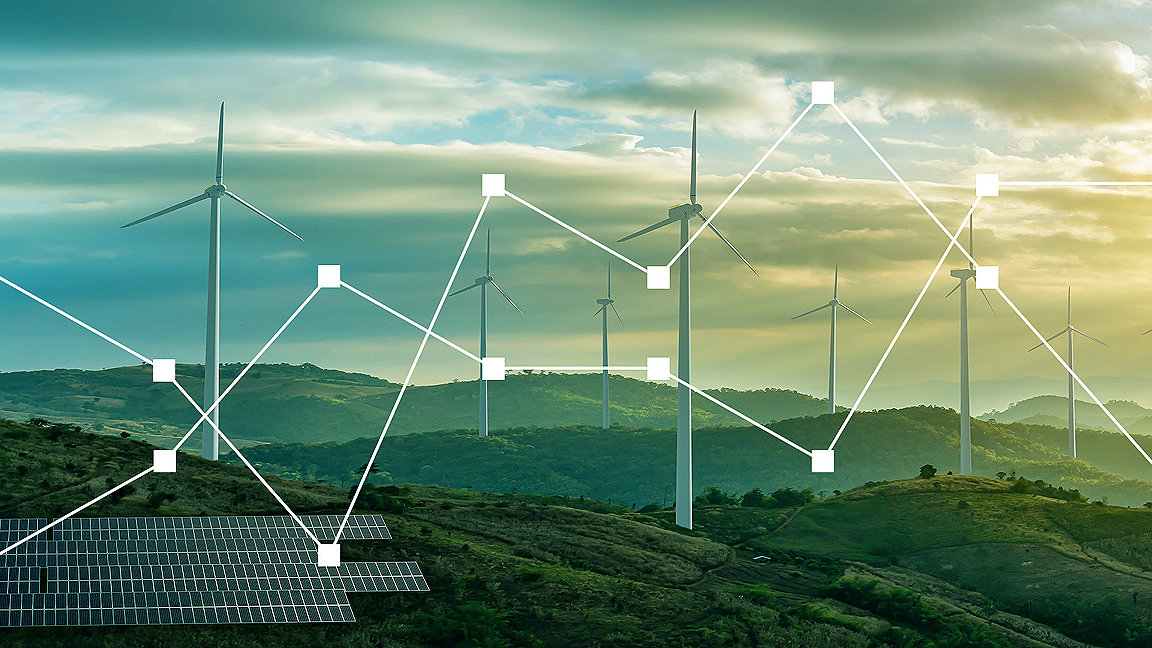
The Scandinavian nations lead the way in the latest edition of the Green Future Index, a report by MIT Technology Review which ranks 76 countries on their progress and commitment towards building a low carbon future.
The report measures countries against five key pillars: carbon emissions, energy transition, green society, clean innovation and climate policy. And while Iceland, Finland, Norway, Denmark and Sweden perform consistently well across the five categories, there are other countries that do very well on certain metrics and less so on others.
Angola, for example, comes second overall in the carbon emissions category for having a low emissions growth rate. This is due in part to its National Strategy on Climate Change (ENAC 2022-2035), which sets out five pillars to promote its transition to a low carbon economy: mitigation, adaptation, capacity building, financing and research, and systematic observation and analysis.
Although a country’s ability to decarbonise isn’t completely determined by its relative wealth, it does play a part. “The availability of funding is essential in decarbonising the built environment, but so are government policies and the behaviour of property or infrastructure developers and owners,” says Alexandra Faciu MRICS, who sits on the RICS Americas regional board and specialises in portfolio and asset management.
“In fact, a property owner, even if unsure about reducing carbon emissions, will have little choice not to comply if the government is imposing transition measures (such as Local Law 97 in New York) or tenants prefer net zero or smart buildings.”
Kisa Zehra, sustainability analyst at RICS, adds that there is certain amount of cost and risk involved in shifting to a low carbon economy. “Balance sheets will be stretched, the scale of investment and finance has to be huge in order to deal with the transformation,” she says.
“This is a bigger problem for emerging and developing economies than it is for the developed world. Furthermore, many low-income economies have limited capacity to cope with negative impacts of climate change and are highly dependent on natural resources and fossil fuels.
“Policy makers need to allocate funds to the sectors of the future – sectors that can create green and sustainable growth. The EU Green Deal is an example of a policy package that includes a road map, plan and mechanism to support a transition to a lower carbon future.”
Data from the International Renewable Energy Agency (IRENA) cited in the Green Future Index shows that Asia is generating more than twice as much renewable energy as Europe. The continent (primarily China) is responsible for 60% of new installations and nearly half of clean energy production globally.
“The transition from fossil fuels to other types of energy sources will be challenging for many countries, largely because of the prevalence of existing fossil fuel-based equipment,” says Faciu. “It is still cheaper and that is an important factor for property owners.
“The alternatives are electrification and other renewable energy sources, which, for now, do not have enough capacity to offer a competitive solution.”
However, Zehra says the situation is improving when it comes to renewable energy generation. “There are a number of ways to store renewable energy and additional research is being done on developing new technologies to store energy. But this points to a critical issue; as we move towards a low carbon economy, technological advancement will be crucial in supporting this transition. The IEA states that an energy sector transition to net zero requires a radical technological transformation of the energy sector.”
“Costa Rica produces 98% of its electricity from renewable sources and sells it to neighbouring countries. This highlights the importance of global cooperation. The net zero transition will become a lot easier if countries find a way to work together.”

Another of the report’s five key pillars, green society, measures efforts made by government, industry, and society to promote green practices. Ireland tops this section, because of its “world-leading progress” in reforestation. The Irish government is pursuing reforestation to increase its national forest cover to 18% by 2050, from roughly 11% as of March 2023.
Ghana has also improved its ranking in the previous index, rising seven places to 65th place, and part of that is a 2016 commitment to reforest 2m hectares by 2030.
Carbon offsetting comes in for some criticism in the report though. “Increasingly, carbon credits are generated from questionable sources and quality,” it says. “Many analysts believe the oil and gas industry, in an effort to tap into almost $400bn in emissions-linked tax credit programmes in the US Inflation Reduction Act, will ramp up internal carbon sequestration projects alongside enhanced oil exploration efforts.”
“There are a lot of reasons to be sceptical about oil companies investing in carbon removal,” adds Erin Burns of Carbon180, in the report. “Carbon removal should be focused on legacy emissions—it should not be a tool to continue putting CO2 in the atmosphere and continuing to burn fossil fuels,” she says.
Faciu believes carbon offsetting is part of a balancing act for companies to “do things properly” but at the same time make a profit. “As an asset manager, I strongly believe that the built environment has the capacity and responsibility to have decarbonisation strategies, rather than just offset carbon, in the medium and long-term. Our industry is responsible for almost half of global carbon emissions, so we have to act.”

Improving global biodiversity doesn’t make as many headlines as the switch to clean energy but it’s an important component of the global push for net zero.
The map below comes from environmental data analysts The Swiftest and it shows the world’s 10 most biodiverse countries.
“The impact of the built environment sector on biodiversity has been ignored for a long time, says Zehra. “However it seems that there is greater awareness and new regulation is shining a spotlight on this issue.
“This also highlights the importance of training professionals in biodiversity as well as wider environmental and climate issues. As RICS highlighted in the 2022 Sustainability Report, training programmes must be developed to help professionals make the most of the latest standards such as biodiversity net gain.”
MODUS
TIna Paillet FRICS 02 April 2024